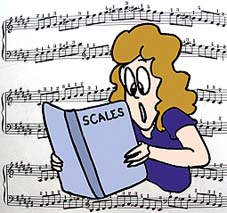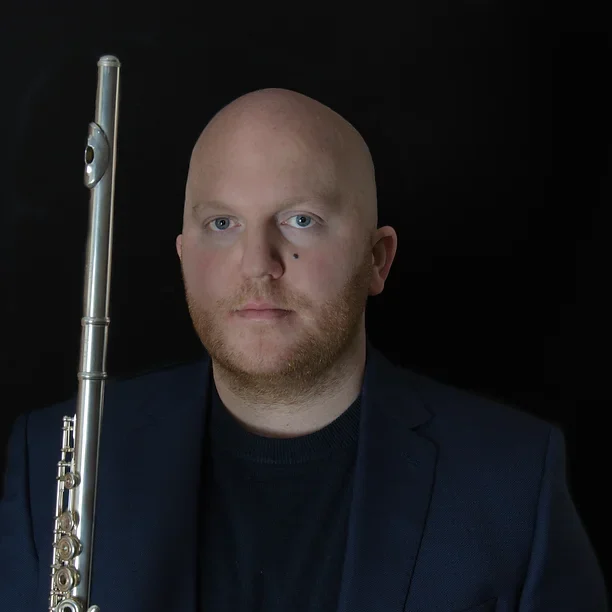For some people, the mere mention of “scales” leaves them feeling depressed, anxious or just confused! But since music is made up of scales and arpeggios, we should feel comfortable with them. Whenever I teach or play scales, I think it’s important to have a clear idea of why you are playing them. So why practise scales and arpeggios? Here are my tips for making the most of your scale routine:
Find a decent scale method or three!
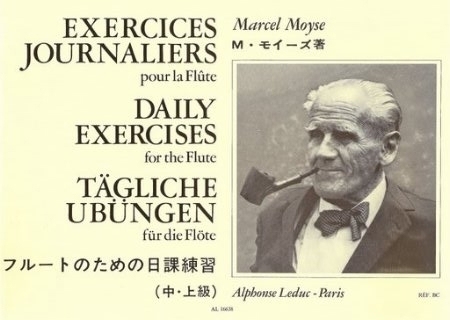
These scales are known as extended scales because they go all the way up to top B and down to low C. There are standard scales and scales in intervals from chromatic 2nds to octaves (scales in 3rds and 4ths are more common in
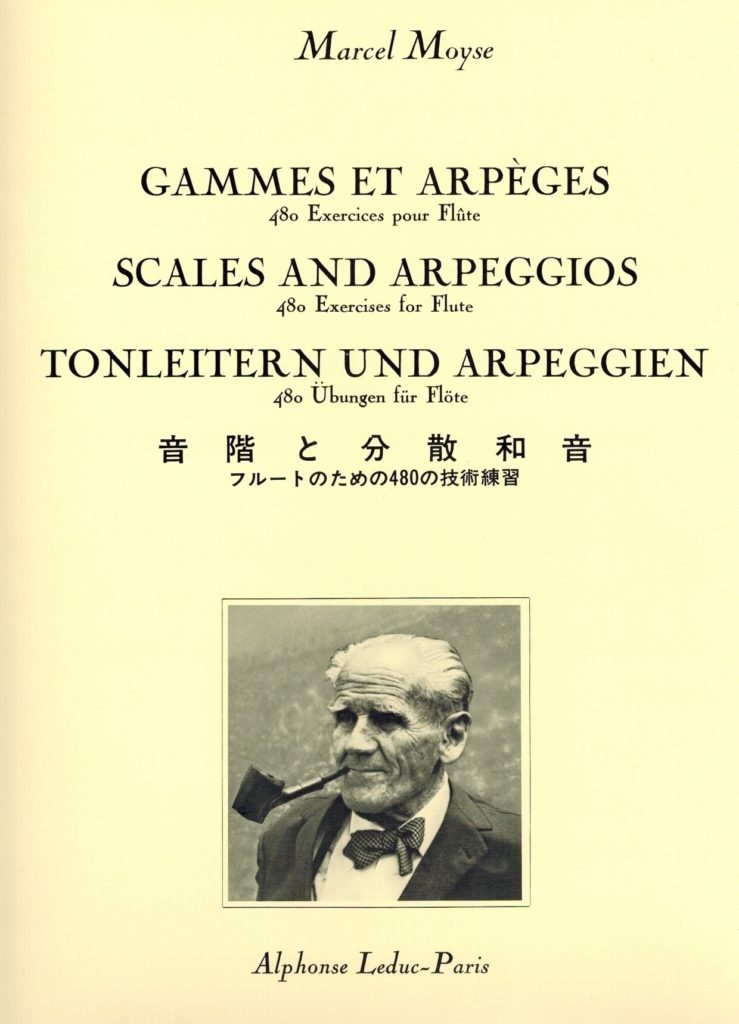
This book supplements the one above. It is written in a fragmented way which enables the student to practise chunks at a time. It is especially good for finger technique since you can work on a two-four note pattern in isolation. Written in triplets, which gives an extra challenge to show triplets, not duplets, by using the correct stress and release pattern: Stress-release-release (think of the word “Elephant”). Triplets also help the flow and direction of the phrases.
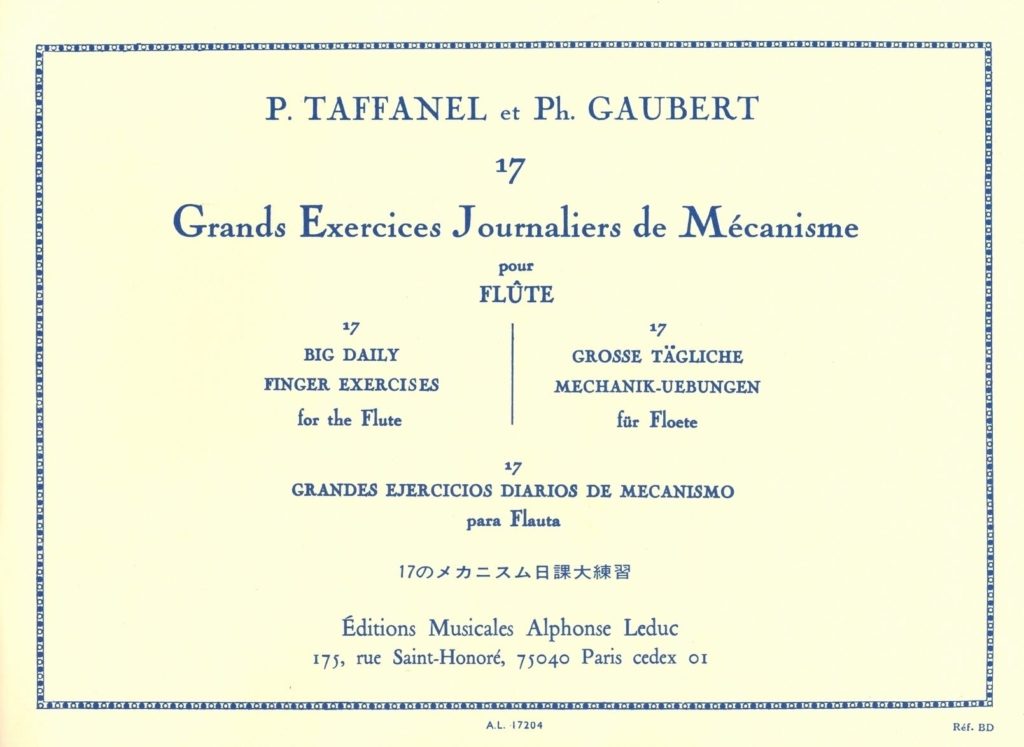
I usually practise these scales slowly to work on legato, phrasing, tone and intonation. I’ll talk about that below.
Use scales for:
Quality and evenness of sound
Practised slowly, you can listen carefully to the quality of each note. Particular notes may stick out (C sharp!). If you play too fast, you might inadvertently hide a number of errors in a wash of sound, and won’t know what to fix.
Legato
Sustain the core of your sound from the bottom to the top and back again. You can practise scales flutter-tongued, to ensure your air is always supporting the sound.
Articulation
As suggested in the books, use a variety of articulations to add another dimension to your practice. If practising slowly, keep the articulation light: don’t let the tongue become heavy. Also, detached doesn’t mean short (use a variety of lengths) and be careful not to clip the last note of a slur. Be articulate in your articulation, but also be musical.
Dynamics
Practise in every dynamic, ensuring your piano scale has the same quality of sound as your forte scale. Make sure high notes are not ear-splittingly loud and low notes are not weak or colourless: aim for a balance. You can start on any note of the scale. Perhaps start in the middle where you might have your best sound and match the dynamic and colour when you go up and down from that point.
Intonation
Taffanel & Gaubert Exercices Journaliers (EJ) 1, 2 and 4 are especially good for intonation. Look at the example below from EJ 1. We need to raise the perfect 5th, so follow the shape of the notes with your lips. When it comes to

+^ = raise the pitch V = lower the pitch
Understanding key relationships and the keyboard of the flute
Take your time on each key. Don’t try to play all the keys in one week. Try doing 3 keys in a week. Or, if you are more advanced, do flat keys one week, sharp keys another. I like Sir James Galway’s analogy of getting to know the flute like a stranger on the bus. If you only say hello to him, you can’t say you know him.
Here’s a video of Sir James Galway playing scales rather superbly:
Phrasing – “Take me to the top”
Here is a violinist who knows how to use scales to make beautiful music:
Finger technique and coordination
Make sure your fingers are coordinated with your tongue. Messy articulation is often due to the player’s fingers pressing the key too late – so think “finger first”. You can practice this slowly, making sure the fingers move before you blow that note. Even at a slow tempo, move the fingers quickly and without tension.
Breathing
Playing a Moyse extended scale in one breath is not terribly
With Taffanel & Gaubert EJ4, practice one line in one breath; when you get to the end of the line, allow the air in without force (take 4 seconds), thereby practising quiet and full breaths. You can then make the gap smaller by taking less time to breathe, but make sure it remains silent.
Tone colour and character
Every key has its own colour. Experiment with different shades and then set a character to play in. Think of pieces that are in that key to give you an idea. For example, G major: think of the Mozart G major concerto, think happy! Play the scale detached mezzo forte with a bright colour. You can add different rhythms too (dotted, swung, syncopated etc). I had a great experience learning scales in this way at a Jonathan Snowden masterclass.
Style
I do this with the Moyse
Be creative: improvise!
Add trills or other ornaments to scales. Use your imagination to make your scales more challenging and interesting. In the Moyse

Memorise and read
In
Practise in chunks
If you find a particular pattern of notes difficult, for example C-D or high register fingerings, don’t play the whole scale, but isolate the difficult part and practise in chunks.
I hope you found this useful. Thanks for reading and happy fluting!

